Overview
The NRF24L01 Wireless Transceiver Module is a compact, high-performance 2.4 GHz radio module designed for reliable wireless communication between two or more devices. Optimized for low power consumption and flexible configuration, the NRF24L01 is a popular choice for Arduino, Raspberry Pi, and other microcontroller projects that require short- to medium-range wireless data transfer.
Key Features and Specifications
- Frequency: 2.4 GHz ISM band for global compatibility
- Data Rates: 250 kbps, 1 Mbps, and 2 Mbps
- Range: Up to 100 m with an external antenna; typical indoor range varies with environment
- Interface: SPI communication for easy integration with common development boards
- Power: Low power consumption with dedicated low power mode for battery-powered applications
- Compatibility: Works with Arduino, Raspberry Pi, ESP series microcontrollers, and other platforms
Technical Specifications
- Operating voltage: 1.9 V to 3.6 V (typical 3.3 V)
- Modulation: GFSK
- Built-in features: Auto acknowledgment, auto retransmit, multi-ceiver support
- Antenna options: PCB trace antenna or external antenna versions available
- Physical size: Compact module suitable for embedded projects
Applications for NRF24L01 Wireless Module
- IoT and sensor networks: Connect remote sensors and actuators for smart home, agriculture, and industrial monitoring
- Home automation: Wireless control of lights, alarms, and appliances
- Remote control: Use in remote-controlled cars, drones, and other hobbyist projects
- Data telemetry: Transmit environmental data like temperature and humidity between nodes
Benefits of Using the NRF24L01
- Simple setup: Straightforward wiring and well-documented libraries make it easy for beginners and professionals
- Cost effective: Delivers reliable wireless communication at a low price compared to many alternatives
- Energy efficient: Low power modes extend battery life for remote deployments
- Extensive resources: Datasheets, tutorials, and community examples simplify development and troubleshooting
How to Get Started with the NRF24L01
- Wire the NRF24L01 to your microcontroller using the SPI pins (MOSI, MISO, SCK, CSN, CE) and a 3.3 V power supply.
- Install a compatible library such as the RF24 library for Arduino or appropriate Python libraries for Raspberry Pi.
- Load example sketches or scripts to test basic send and receive functionality.
- Adjust channel, data rate, and power level to optimize range and reliability for your environment.
Recommended Resources
- NRF24L01 datasheet for detailed electrical and protocol specifications
- RF24 library and tutorial for Arduino NRF24L01 projects
- Community examples and step-by-step guides for Raspberry Pi implementations
Best Practices and Tips
- Use a stable 3.3 V regulator and decoupling capacitors to avoid voltage drops during transmission bursts.
- Consider an external antenna version to maximize range in outdoor or obstructed environments.
- Enable auto acknowledgment and retransmit features for increased reliability in noisy RF conditions.
Why Choose the NRF24L01 Wireless Transceiver Module
The NRF24L01 wireless transceiver module combines affordability, efficiency, and ease of use, making it a top choice for makers, educators, and engineers. Whether you need a simple link between two devices or a multi-node sensor network, the NRF24L01 provides a flexible platform for building robust wireless systems.
Note: Images are for Illustration Purposes Only.

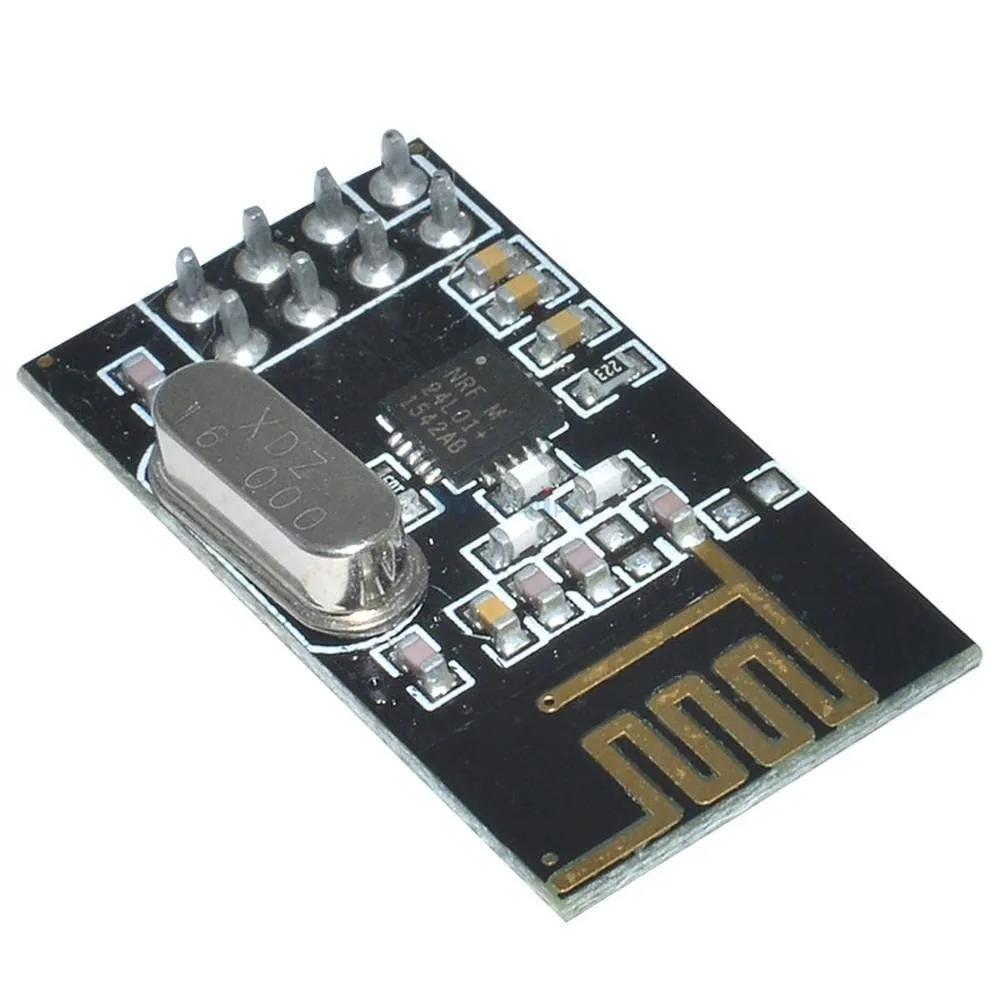
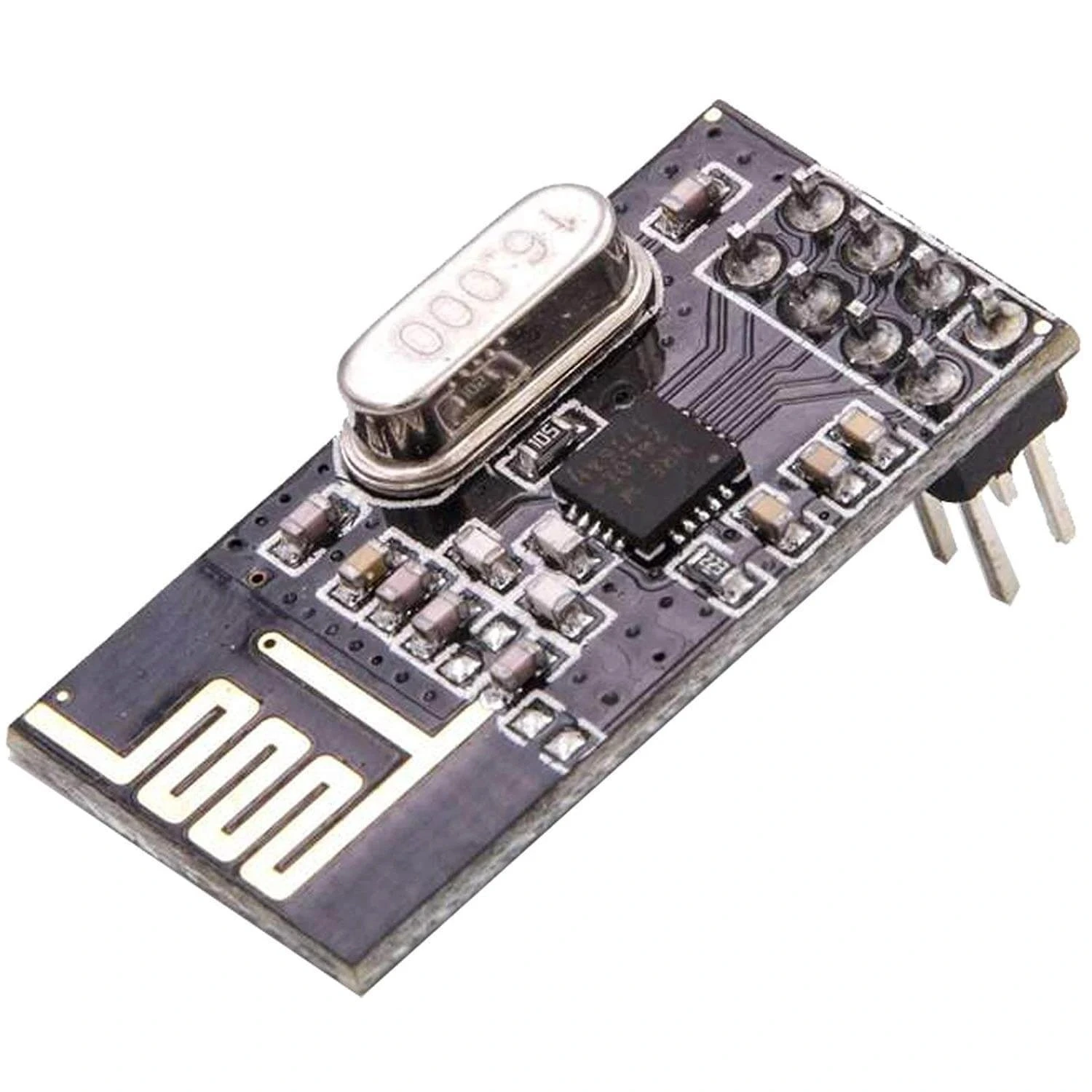
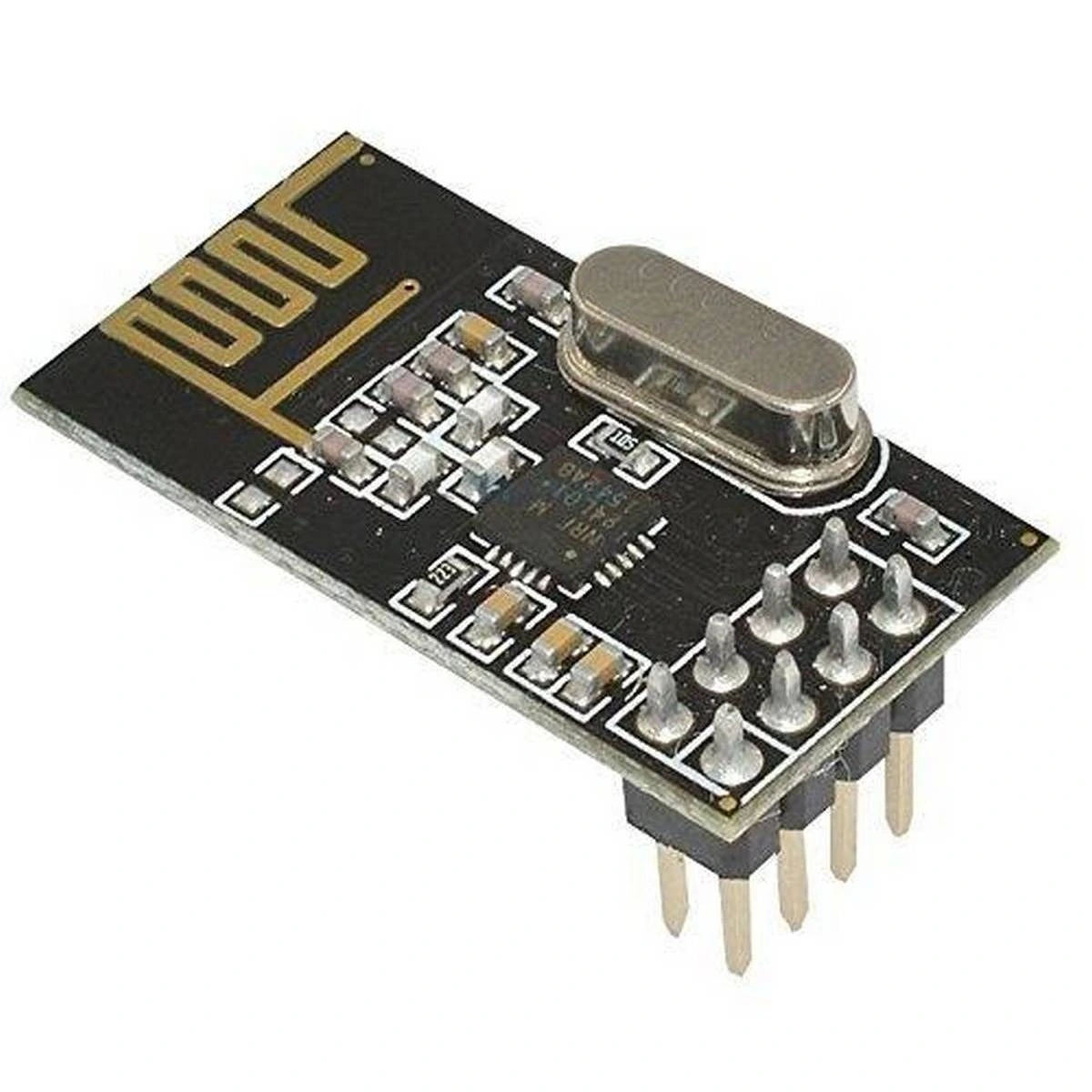

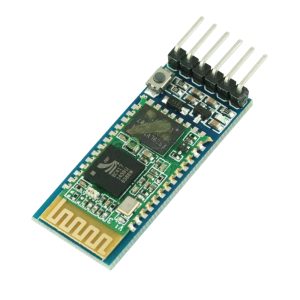
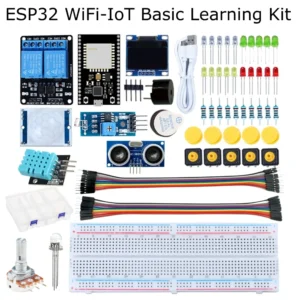
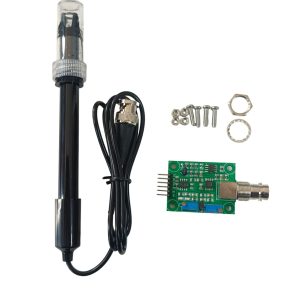
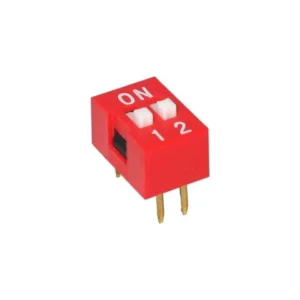
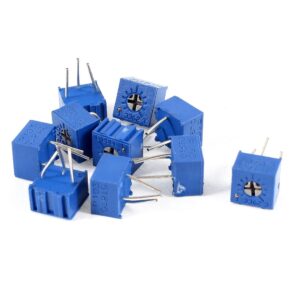
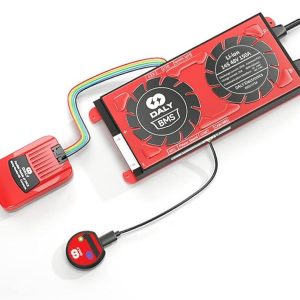
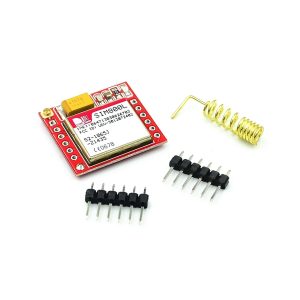
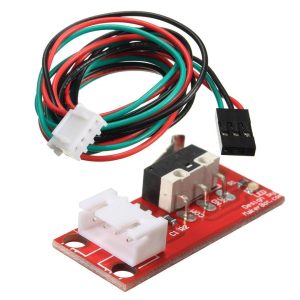
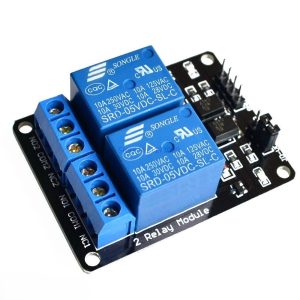
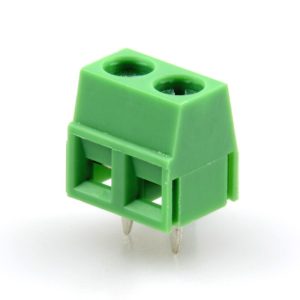

Reviews
There are no reviews yet